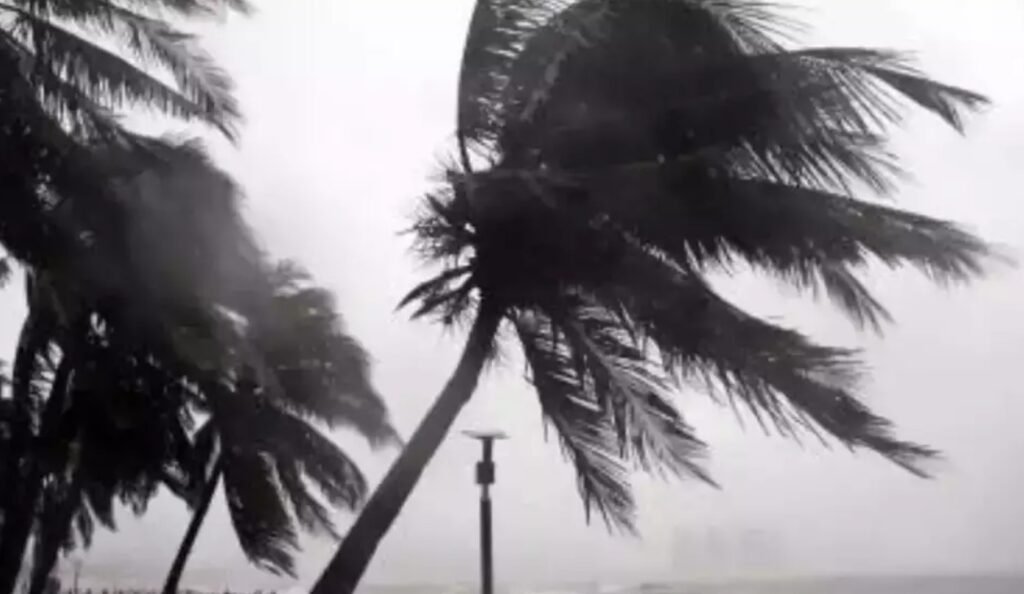Super Typhoon Saola, one of the strongest storms to hit the Philippines this year, has left at least 12 people dead and thousands displaced as it battered the northern parts of the country with fierce winds and heavy rains. The storm, which intensified into a super typhoon on Tuesday night, is now heading for the southern coast of China, where it poses a threat to Taiwan and Hong Kong.
Saola wreaks havoc in northern Philippines
Saola made landfall in the province of Cagayan on Tuesday morning, packing maximum sustained winds of 195 kilometers per hour (121 miles per hour) near the center and gusts of up to 240 kilometers per hour. It brought torrential downpours that triggered floods and landslides, damaging houses, roads, bridges, and crops. According to the National Disaster Risk Reduction and Management Council (NDRRMC), more than 49,000 people were evacuated to safer grounds, while over 1.2 million people were affected by the storm. The NDRRMC also reported that 12 people died due to drowning, electrocution, or falling debris, while 16 others were injured and one was missing.

The Philippine Atmospheric, Geophysical and Astronomical Services Administration (PAGASA) hoisted the third-highest wind signal over northern areas, warning of a “dangerous” typhoon and risk of damage to structures. The agency said Saola was the strongest typhoon to hit the country since Typhoon Haiyan in 2013, which killed more than 6,000 people and displaced millions. Saola also disrupted power supply and communication lines in several areas, as well as transportation and fishing activities. The storm exited the Philippine territory on Wednesday night, after moving northwestward across the West Philippine Sea.
Saola threatens Taiwan and Hong Kong
Saola is now moving westward along the coast of China’s Guangdong province, where it is expected to make landfall on Thursday or Friday. The storm is projected to retain super-typhoon strength until Friday, and to weaken into a severe tropical storm by Monday. The China Meteorological Administration (CMA) has issued a red alert for Saola, the highest level in its four-tier warning system. The CMA warned of strong winds, heavy rains, storm surges, and coastal flooding in the affected areas.
Saola also poses a threat to Taiwan and Hong Kong, which are located on the path of the storm. Taiwan shut offices and canceled flights across parts of the south on Wednesday as Saola swept past the island’s southern tip. Taiwan Semiconductor Manufacturing Co., the world’s largest contract chipmaker, said it activated routine typhoon preparation procedures at its fabs, including placing emergency response teams on standby. The Central Weather Bureau (CWB) said Saola brought strong winds and rains to southern Taiwan, but no major damage or casualties were reported.
Hong Kong is also bracing for the impact of Saola, which is expected to close in on the southern Chinese coast east of Hong Kong by Thursday. The Hong Kong Observatory (HKO) said it plans to issue the lowest typhoon warning on Wednesday evening, and may raise it to a higher level depending on the situation. The HKO said Saola may interact with another tropical cyclone named Haikui, which is currently in the Pacific east of the northern Philippines. This may cause uncertainty over Saola’s path and movement, as well as enhance its intensity.
